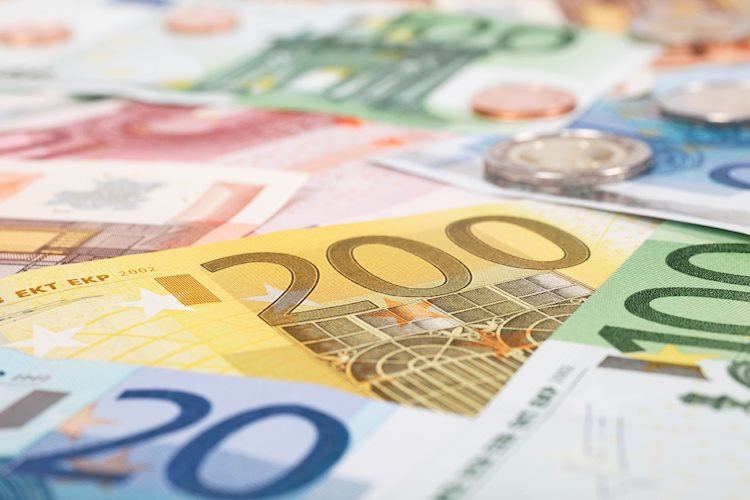The EUR/USD pair is currently trading around 1.0810 in the early Asian session on Tuesday as investors await key economic data releases and trends in the US political landscape. The Greenback may receive support from rising expectations of a slower pace of Fed rate cuts in the near term. Market players will closely monitor US economic data, including the advanced GDP for Q3, ISM Manufacturing PMI, inflation, and employment figures. Additionally, the upcoming US presidential election on November 5 presents uncertainty that could boost the safe-haven appeal of the USD against the Euro.
Recent comments from European Central Bank (ECB) policymakers have provided mixed signals on monetary policy. While Belgian central bank chief Pierre Wunsch stated that there is no urgency for the ECB to accelerate rate cuts, Portuguese central bank chief Mario Centeno suggested a 50 bps rate cut could be an option in December. The less dovish comments from ECB Governor Wunsch have helped limit the Euro’s losses. However, the conflicting views among ECB members highlight the uncertainty surrounding the central bank’s future policy decisions.
The Euro is the currency for the 19 EU countries belonging to the Eurozone and is the second most traded currency globally. The Euro accounted for 31% of all foreign exchange transactions in 2022, with an average daily turnover exceeding $2.2 trillion. The Euro’s primary reserve bank is the ECB, which sets interest rates and manages monetary policy with a focus on maintaining price stability. Inflation data, measured by the HICP, plays a crucial role in ECB policy decisions, as higher inflation may necessitate interest rate hikes.
Data releases such as GDP, PMIs, employment figures, and consumer sentiment surveys are key indicators of the Eurozone’s economic health and can impact the Euro’s value. A strong economy and positive economic data can attract foreign investment and potentially lead to interest rate hikes, strengthening the Euro. On the other hand, weak economic data may weaken the Euro. The Trade Balance is another important indicator for the Euro, as a positive net balance can strengthen the currency due to increased demand for exports.
In conclusion, the EUR/USD pair is influenced by a variety of factors such as economic data releases, central bank policies, and global geopolitical events. The current trading environment reflects uncertainty surrounding the Fed’s rate cut pace, ECB monetary policy, and the US presidential election. Investors will continue to monitor key economic indicators, political developments, and central bank statements for insights into future market trends. The EUR/USD pair’s stability around 1.0810 suggests a cautious approach by market participants as they navigate through evolving market dynamics.





















